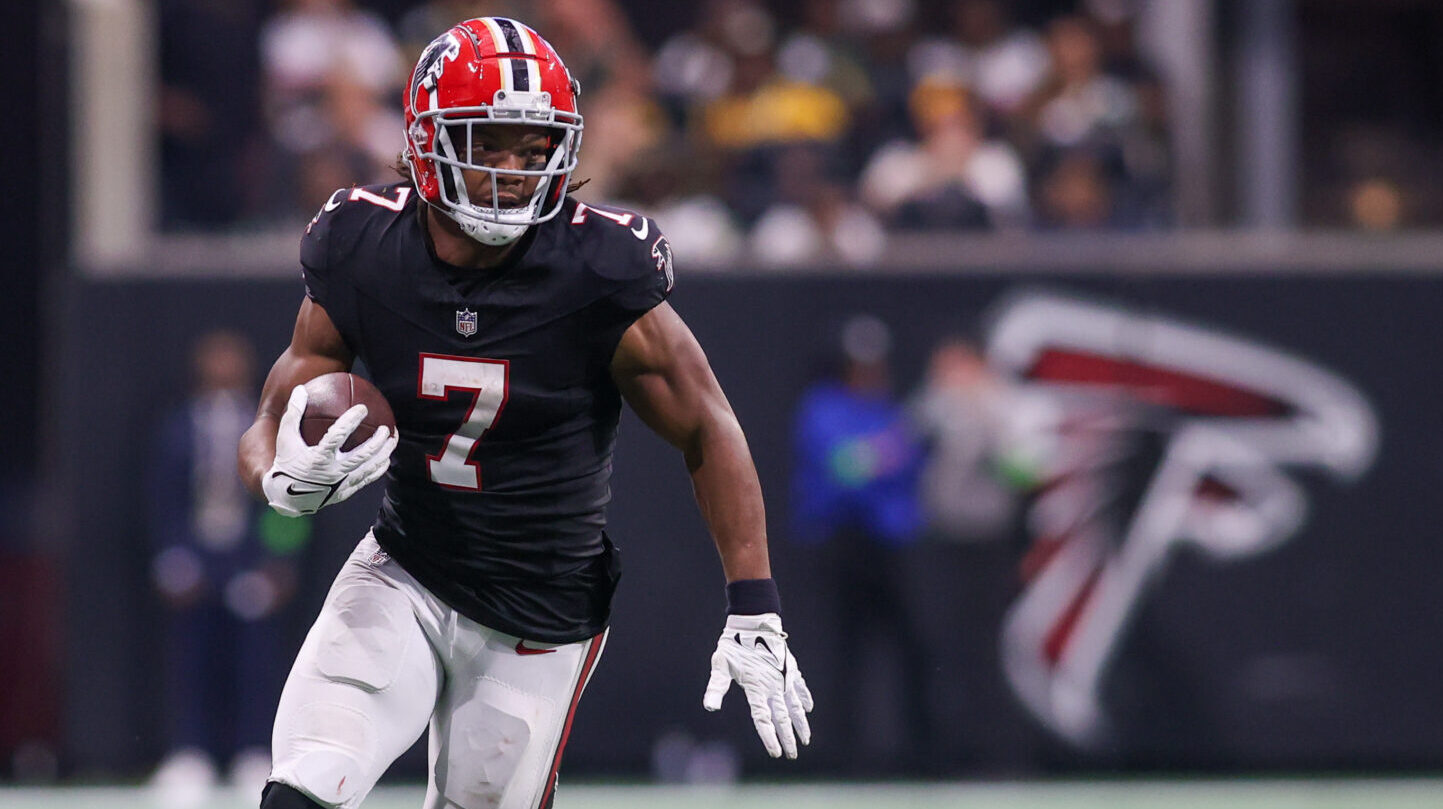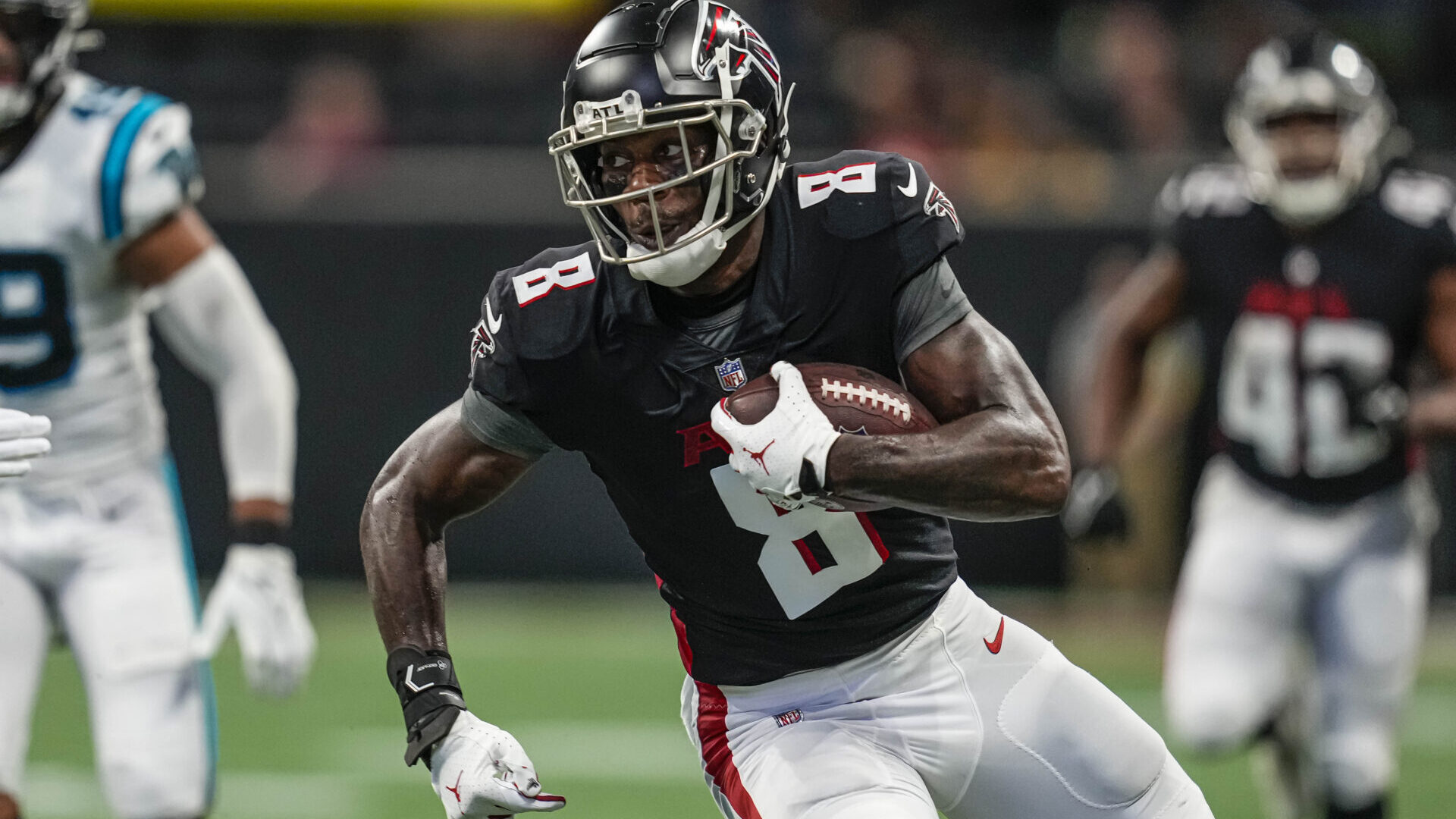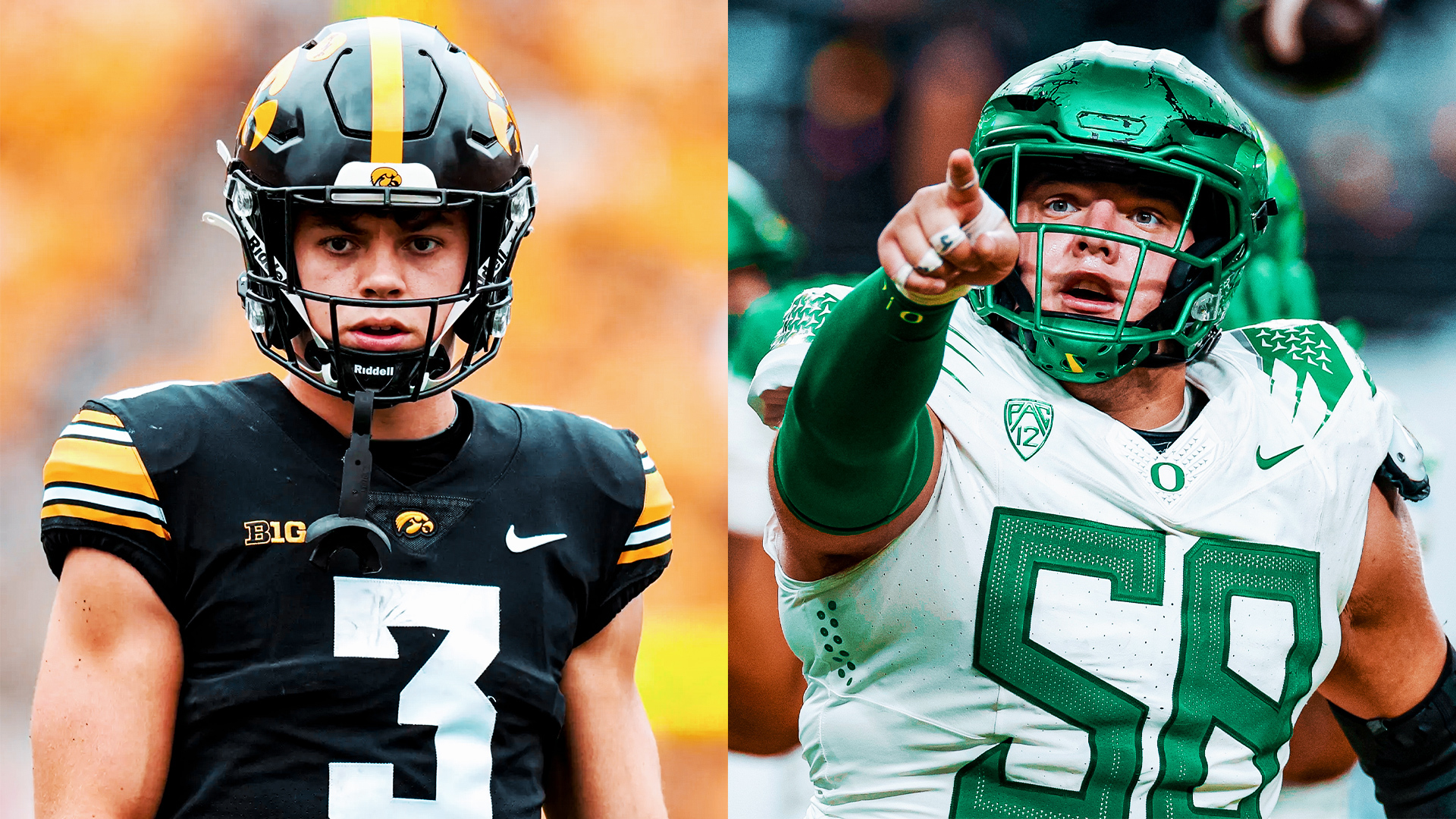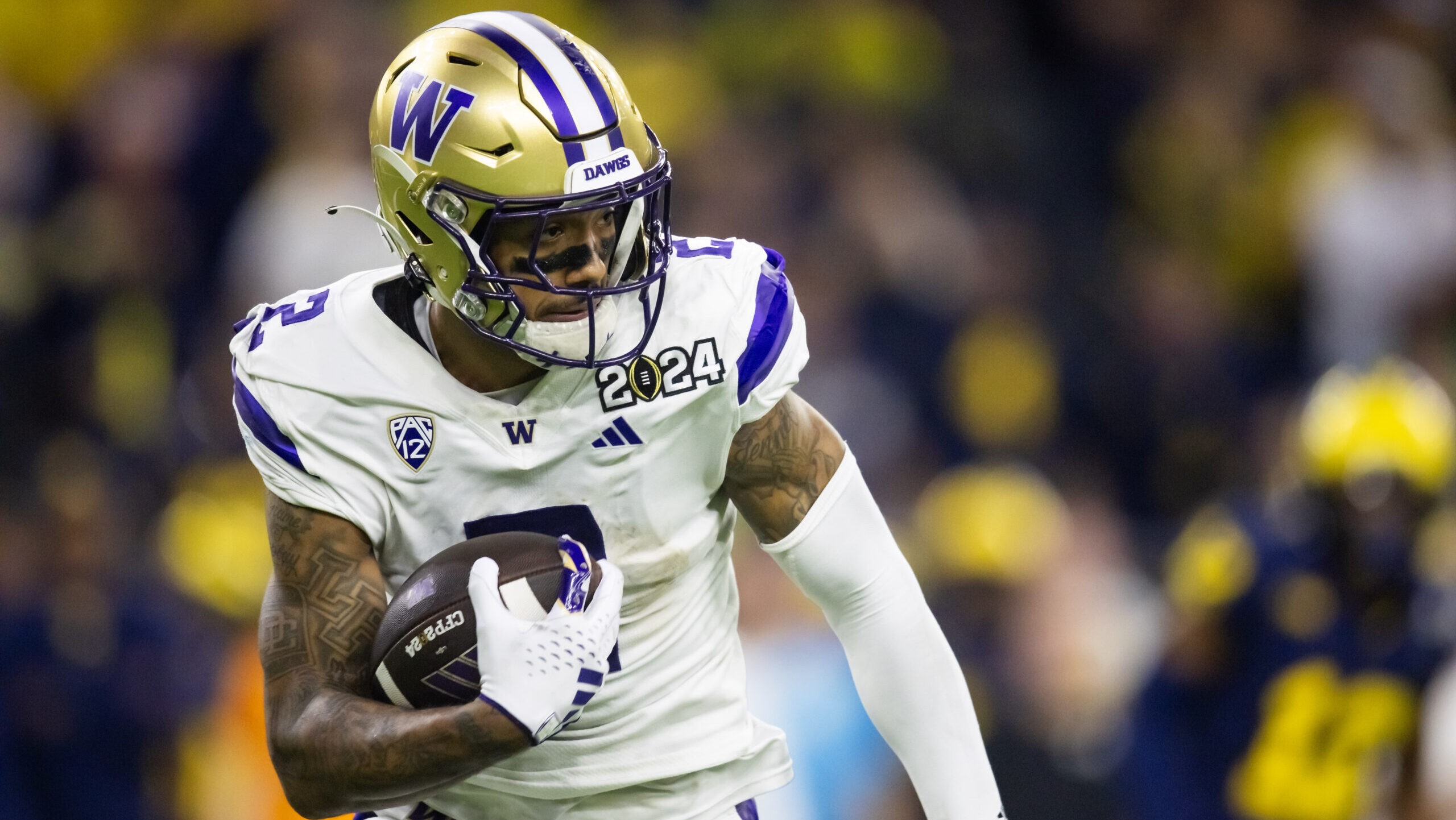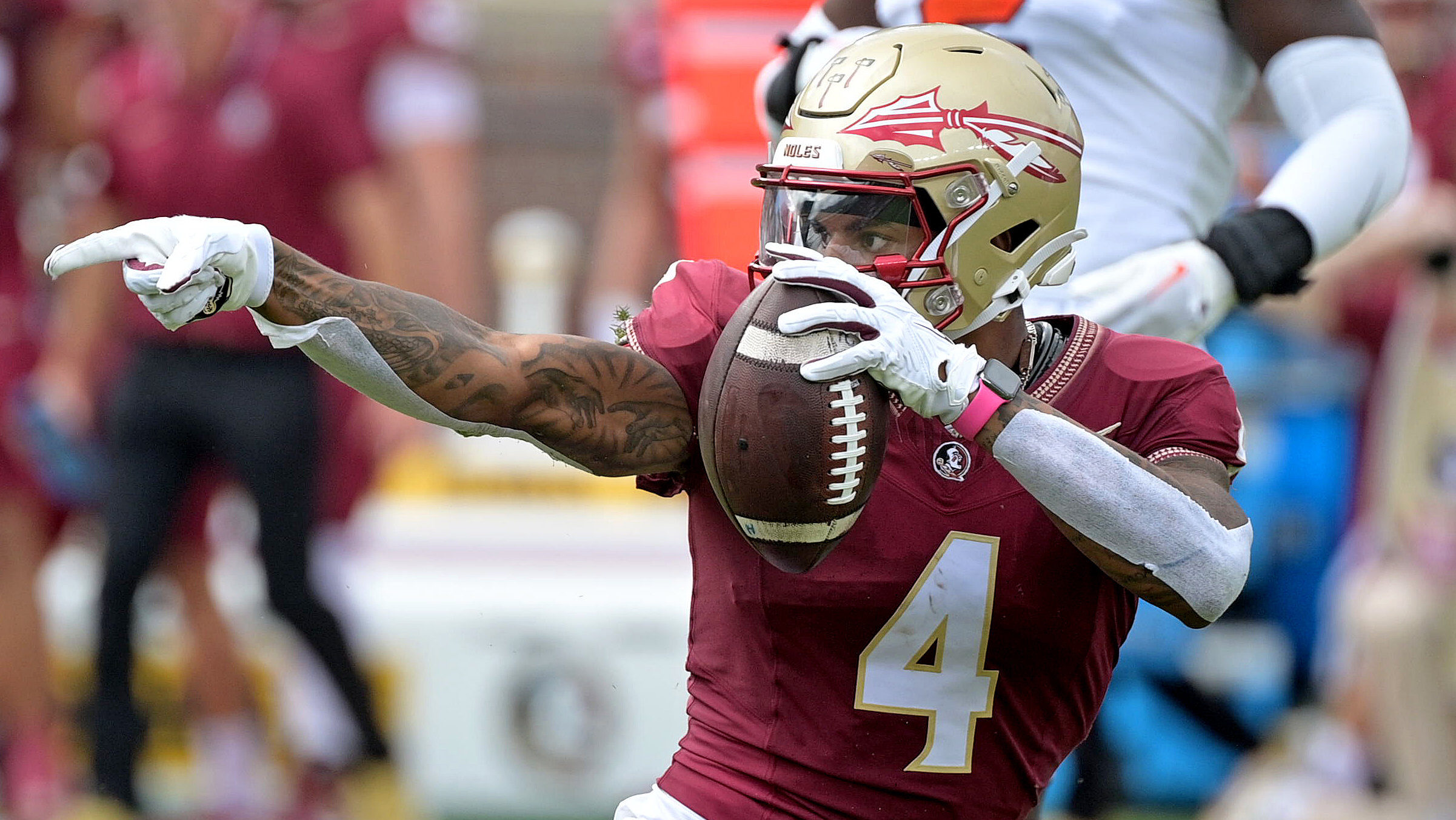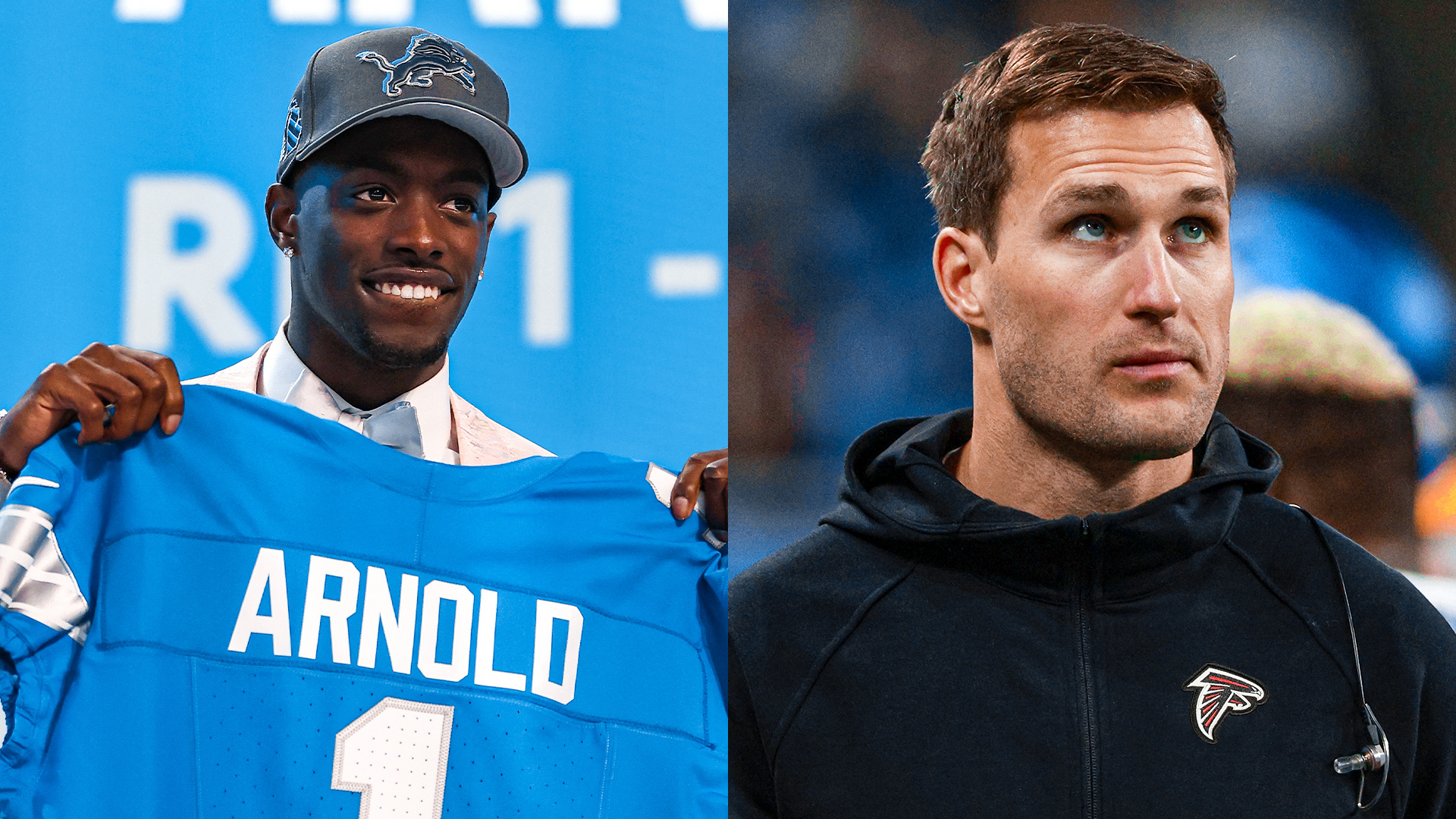Analysis
9/22/23
7 min read
What Is Behind Kyle Pitts' Lack of Production In Year 3?
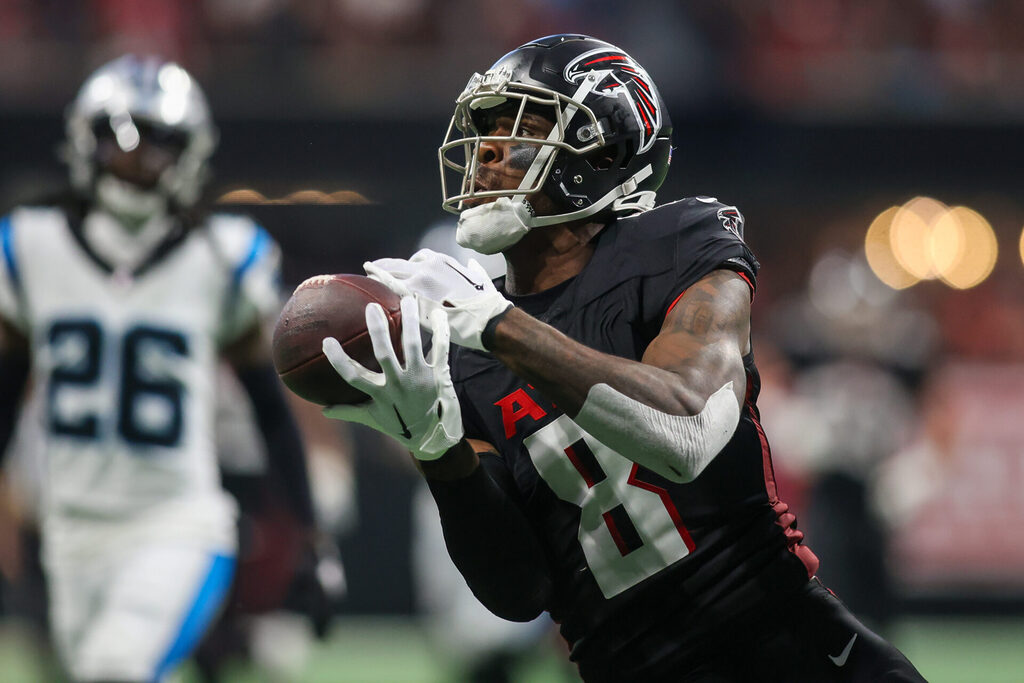
By Eric Mangini as told to Vic Carucci
There are a lot of reasons for Kyle Pitts’ lack of receiving production through two games this season, but the way the Atlanta Falcons are using the tight end isn’t one of them.
In 2021, his first year in the NFL, he was targeted 110 times and had 68 receptions for 1,026 yards and a touchdown while making 15 starts and playing in all 17 games. He was the second tight end in league history to record a 1,000-yard season as a rookie, and he made the Pro Bowl. Even though his touchdowns weren’t where anybody wanted them to be, to say that he didn’t put up significant numbers as a rookie isn’t true.
People might point to last season when his targets went down to 59 (a little more than half of what he had the previous year) as an indication Pitts was misused in the Falcons’ offense. However, there are mitigating circumstances.
Plenty of Talent Around Pitts
Last year, the Falcons drafted wide receiver Drake London, and some of Pitts’ targets shifted into London’s realm. London got 117 targets in his first season, similar to what Pitts had as a rookie. Pitts also suffered an MCL injury 10 games into the 2022 season.
Additionally, I don’t know how many catchable balls he had last season, but it wasn’t like he had top-flight quarterback play throughout. There were a lot of times when he had to work for the catches that he did get.
In two games this season, Pitts has been targeted eight times and has caught four balls. His catch percentage is at 50 percent this year; last year, it was below 50 percent, but that percentage isn’t truly indicative of his opportunities to catch the ball because of how erratic the throws to him and other Falcons receivers have been. I saw a stat that when the ball was thrown Pitts’ way last season, it was off-target 32 percent of the time.
This year, the Falcons drafted Bijan Robinson, who is not only very exciting as a runner but as a receiver. Now you’ve got three pieces who could easily get the ball and be dynamic with it at any point. You also have to factor in how successful Atlanta has been with running the ball with Tyler Allgeier and Cordarrelle Patterson and the team’s commitment to the running game. That’s a big part of Arthur Smith’s offensive philosophy.
So you have a young quarterback in Desmond Ridder, who started four games last season but is in his first season as a full-time starter. You’ve got a commitment to the running game, with three really good options at running back. And you’ve got all these different potential weapons from a passing standpoint.
I also don’t believe Pitts is where he was pre-injury. It will take some time for him to ramp back up to where he was and to have confidence that his knee will hold up and that he can do the things he did before. You’re seeing some of that in the early part of this season: I’ve seen him playing only 66 percent of the snaps. I don’t know if he’s on a pitch count, but that percentage is going to factor into his targets decreasing. It’s not going to be the overwhelming factor, but it’s definitely another factor.
The Falcons are No. 4 in rushing attempts with 71 and tied at No. 31 in passing attempts with 50. That causes opportunities to decrease dramatically when you’re looking at your options from a passing perspective.
How Falcons Offense Operates
But the Falcons have an offense that’s hard to deal with. They shift, then motion and create a lot of challenging formations in terms of where they’re placing the back and where they’re placing the tight end or multiple tight ends. Within the multiple tight end groups, you can build so many different things because of the flexibility that Pitts gives you.
The Falcons frequently put him closest to the sideline, where a true wide receiver traditionally aligns. I’ve seen him in the backfield in a kind of fullback spot where they release him. They’re pretty creative not only with what they present initially but what they shift to, and it’s problematic for the defense.
Pitts has a great catch radius. He has a great ability to adjust to balls. He’s a really good route-runner. I don’t know that I’d say he’s a great route runner, but he’s a good route runner. Finding the holes and uncovering on scrambles is another area where I’d say he can improve; he also can become much more of a threat in the red zone.
Pitts is essentially a receiver who plays tight end. And he’s not a traditional tight end such as Jason Witten or Rob Gronkowski — that type who can go in and play and be really good at the point of attack, while also being a significant threat in the passing game.
Pitts is a significant threat in the passing game who, right now, shows encouraging blocks at times. More often than not, the Falcons are trying to find places where they can hide him rather than put him at the point of attack. They can use him as a decoy, those types of things, because he’s inconsistent as a blocker and not anywhere near aggressive enough in the running game.
Pitts Must Take Some Responsibility
Part of Pitts’ ability to reach his full potential falls on him. For example, there are a lot of times when he’s out in space where his impact should be so much more than it is. I’m going to give him a little bit of the benefit of the doubt because he’s coming off an injury, but it should be way better than it is.
When he’s in tight, there are times when he struggles getting off the line of scrimmage. From a defensive standpoint, you’re happy every time he’s in-line and you have a chance to disrupt him at the line of scrimmage. So that’s an area where he not only can improve but one where he should improve dramatically.
Even down the field, when he has to navigate through contact and maybe work through the linebackers on the first level, he’ll get bumped off, and it’s not a sort of smooth path through. There are a lot of tight ends who can smoothly move past linebackers or will get a little bit rerouted within that five-yard area, but it’s just a slight reroute and they’re able to adjust their path and get back on their stem. Pitts will get disrupted at the line of scrimmage, sort of in the beginning of the stem of his routes, which is problematic. That’s another area he definitely should improve.
Pitts has put out on social media that he’ll be the NFL’s 2023 Comeback Player of the Year, which I like. It’s encouraging that that’s his goal.
But there are some challenges.
Eric Mangini is a former NFL head coach and won three Super Bowls as the defensive backs coach of the New England Patriots. In 2006, he became the then-youngest head coach in the NFL with the New York Jets.
